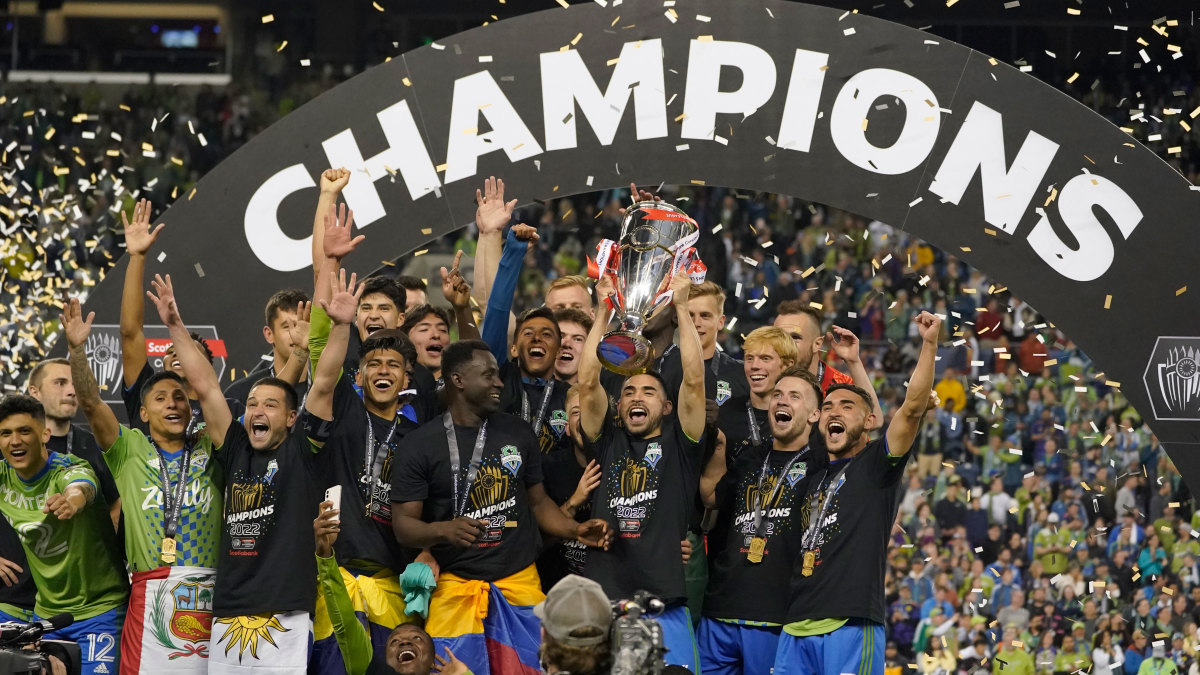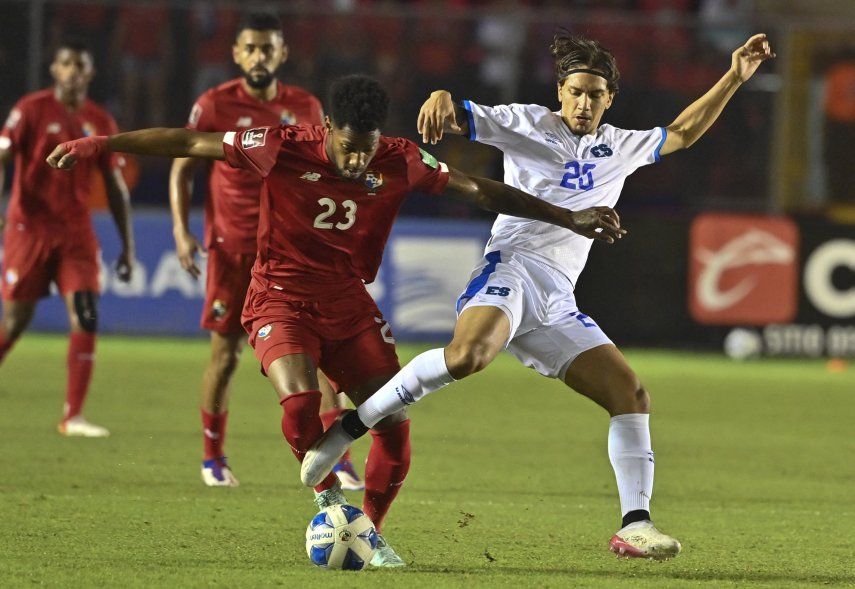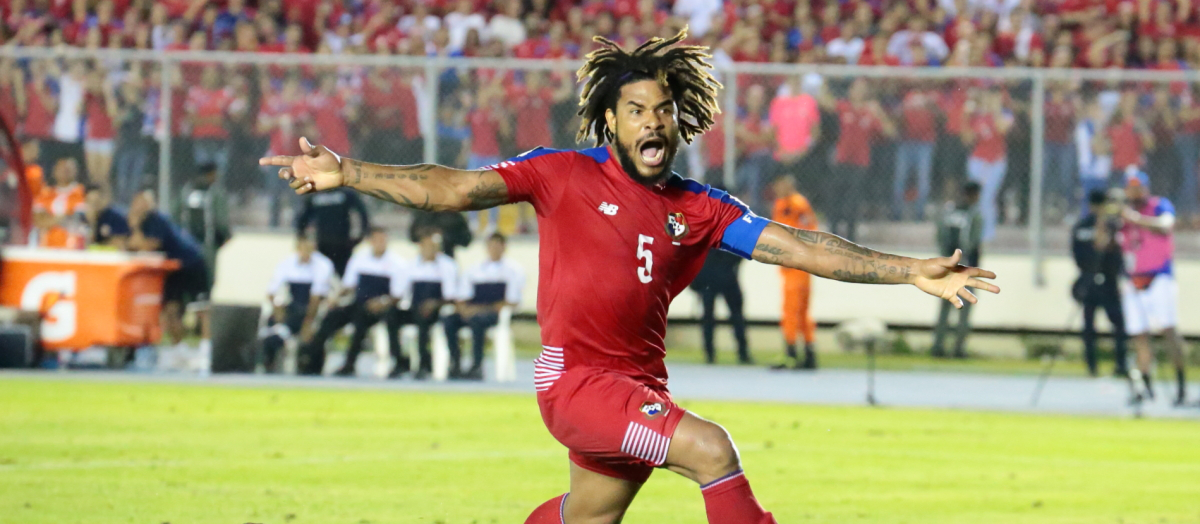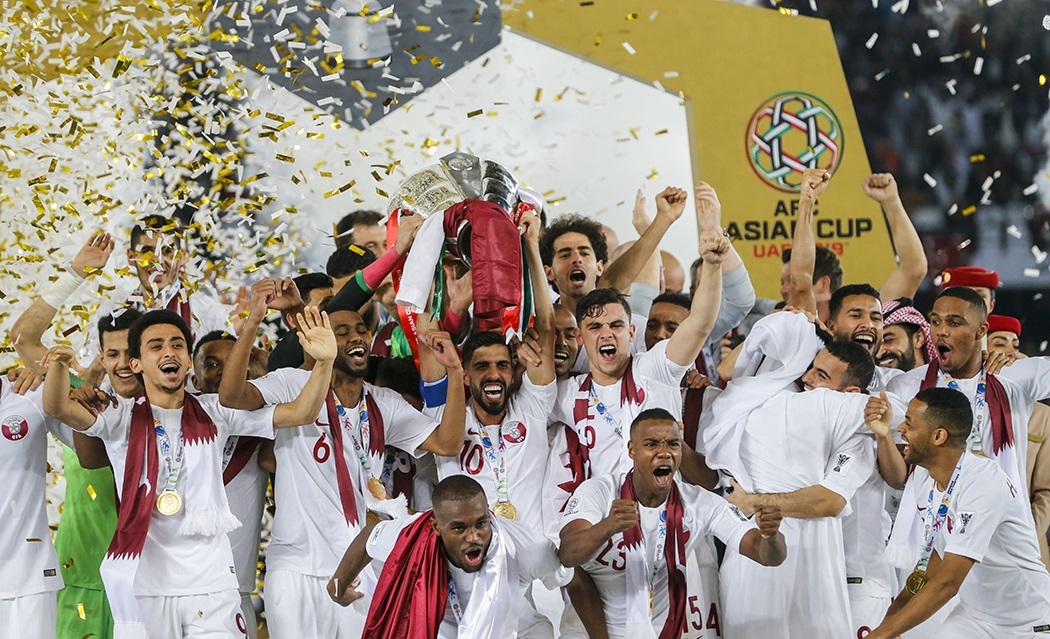Well well well. It appears that finally, after a long wait, there will be Concacaf World Cup qualifiers starting this March. It will not be a normal qualification cycle in any way, shape or form, with the numerous logistical complications that come with the pandemic. As of now there are some plans in place for neutral site games, and I
seriously doubt that every team will be playing at full strength. While Raul Jimenez might get an exception regarding quarantine rules, I
don't think your preferred Concacaf Nations League C side will get the
same treatment. But it certainly does seem at this point like it will be happening.
So it is going to be weird. Hopefully it is going to be safe. Concacaf had pretty good protocols in place for their continental tournaments, so I'd expect to see a similar level of care taken with these matches. As is always the case here on one of your favorite Concacaf focused soccer platforms, I will be going over the storylines and what to keep an eye on in each group. I'm not going to get too in depth on players, because we simply have no idea who will make it to these games and who won't, especially with the smaller teams in the first round.
To refresh your memory, this first group stage features six groups of five teams each. Each side will play everyone else in their group once, for a total of two home games and two away games. The six group winners will meet in the head-to-head second round, where the top three will advance to the new Octagonal to join the already qualified top 5 of Mexico, the US, Costa Rica, Honduras, and Jamaica.
So today we begin with (surprise surprise) Group A, which features the favored El Salvador, as well as Antigua and Barbuda, Grenada, Montserrat, and the US Virgin Islands.
There are a few interesting things about this group. The most obvious to many fans may be that we get the continuation of the beloved El Salvador-Montserrat rivalry. La Seleccion edged the Emerald Boys during the Concacaf Nations League qualifying a few years back and narrowly stole their Gold Cup spot. El Salvador held off the Caribbean side again in their actual Nations League B group a year later. Will third time be the charm for Montserrat, the darlings of the region who have achieved spectacular highs despite their population of just over 5,000?
Well, this is a good time to transition to the other big story of Group A. El Salvador is pissed. Back when there was a Hex, El Salvador were in line to receive a pass into the final round. They would enter in the Hex, and avoid the long and convoluted qualifying tournament that much of the region was going to play. But instead, the Hex became the Octo, and only the top five teams were given a pass directly to it. Number six is not happy about it. This El Salvador team is going to be playing with a fire and fury unlike anything you've ever seen from them before, and that is not exactly good news for a Montserrat team that has failed to defeat them so far.
But while that rivalry headlines the group, don't forget about Grenada. In fact, I would actually rank the Spice Boys as the 2nd best team in Group A, ahead of Montserrat. Jamal Charles of Real Sociedad (Honduras, not Spain sadly) is an absolute beast, and their undefeated Nations League campaign is a feat that even El Salvador could not pull off (La Seleccion did have 15 points to Grenada's 14, though). Antigua aren't exactly slouches either, and could definitely play spoiler to any of the top three teams and shake the group up in a big way. The US Virgin Islands were inconsistent in Nations League C play and are probably not at the level to cause problems for any of these opponents just yet, but getting in four good games against a very deep Group A will help to develop some of the young talents they have.
El Salvador
They have to be the favorites. Don't let their recent 6-0 pounding at the hands of the US cloud your vision too much; the Salvadorans have by far the most talent in Group A. Their opening match against Grenada could decide the group right then and there, and the match against Montserrat a few days later will be a must see for fans of the confederation's strangest rivalry.
Grenada
Seriously, Jamal Charles is a beast. If they do manage to upset El Salvador, expect him to be the reason. As far as I know he has no relation to the great Grenadian striker Ricky Charles, but Jamal may be on pace to break his all-time scoring record of 37 goals for the Spice Boys. Grenada are gearing up for their Gold Cup return in the summer, but getting out of this group is a prize they've got their sights on too.
Montserrat
No lowly ranked Concacaf team has garnered as much attention as Montserrat over the past few years. You've probably heard the story by now. Population of 5,000. Once starred in a documentary where they lost The Other Final to Bhutan 4-0 and were declared the worst team in the world. They've only got 9 wins in history, but 5 of them have come in the past two years. Hard to imagine a Montserratian fan 3 years ago thinking their biggest rivals were El Salvador and not Anguilla, but here we are.
Antigua and Barbuda
American fans remember Antigua for that close battle they gave the US in 2014 World Cup qualification, where Eddie Johnson scored a 90th minute winner to barely edge the visitors. Antigua have fallen since then, and they really have no hope of getting out of this group, but as I said above they definitely have the power to make an impact. If Grenada or Montserrat want to win this group, they'll absolutely need the three points off Antigua, and the Benna Boys will not give them up so easily. They did manage a win over Gold Cup participants Guyana back in the Nations League, after all.
US Virgin Islands
I am going to mostly have the same thing to say about the bottom team in every group of this qualifying phase. At this point in time, it's hard to see anything but four clear losses for the USVI. The program is developing, and there were flashes during the Nations League C where the team looked capable, but doing it for a full 90 minutes against opponents of this caliber is a big step up. With lots of very young players in the squad, the goal here is to get experience against a level of competition that you won't ever find playing in the local domestic leagues.





